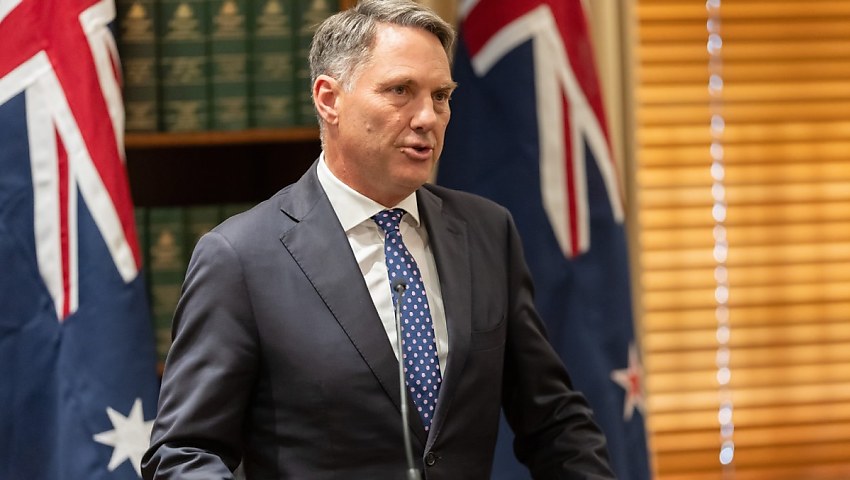Australia must promote diversity and wellbeing in the ADF to overcome its “crisis” 4,400 personnel shortage, the National Defence Strategy has highlighted.
To continue reading the rest of this article, please log in.
Create free account to get unlimited news articles and more!
Improving Defence culture and workforce wellbeing is vital for overcoming the workforce shortages that have continued to plague the Australian Defence Force, the Department of Defence has highlighted.
Terming the shortfalls a “crisis”, the National Defence Strategy (NDS) released 17 April, called for a review into recruitment and retention in the ADF.
New Defence recruitment strategies are expected to include the broadening of criteria for enlistment, including opening pathways for certain non-Australian citizens, expediting the recruitment pipeline, and encouraging current personnel to continue service.
The document has also highlighted the requirement for “generational uplift” in capabilities by recruiting from non-traditional backgrounds, including greater female, Indigenous and culturally and linguistically diverse workforce representation.
Current members of the ADF will also continue to be offered benefits to continue their service, including access of up to $50,000 in payments for eligible individuals as well as access to study opportunities and the ADF Health Benefits Program.
The National Defence Strategy was released in response to the 2023 Defence Strategic Review, and has been billed as an outline of the government’s strategic framework to meet the requirements demanded by changes in Australia’s strategic circumstances.
It follows significant concern from the Defence Strategic Review over the state of Australia’s national security workforce, spanning both the ADF and defence industry, and Australia’s ability to maintain readiness.
“Navy faces the most significant workforce challenges of the three services. Assuring an adequate workforce to sustainably meet enterprise priorities and transformation, government-directed tasking, readiness for future contingencies, and transitioning new and technologically advanced capabilities into service is Navy’s biggest challenge,” the DSR read.
The 4,400 personnel gap arose from both shortfalls in both Defence recruitment as well as the retention of Defence’s existing workforce, the NDS confirmed.
Deputy Prime Minister and Minister for Defence Richard Marles explained that the document was integral for ensuring that the Australian Defence Force is capable of overcoming future uncertainty.
“The inaugural National Defence Strategy sets out a clear and priority-driven approach to protecting against threats to Australia and our interests,” Marles said.
“The National Defence Strategy outlines how we are transforming the ADF and equipping it to survive in a much less certain world.
“These transformational reforms are designed to ensure that peace, security, and prosperity are maintained in our region.
“The Albanese government is making an historic investment in Defence and has taken tough decisions to reshape the ADF to meet our strategic circumstances and to keep Australians safe.”

 Login
Login







